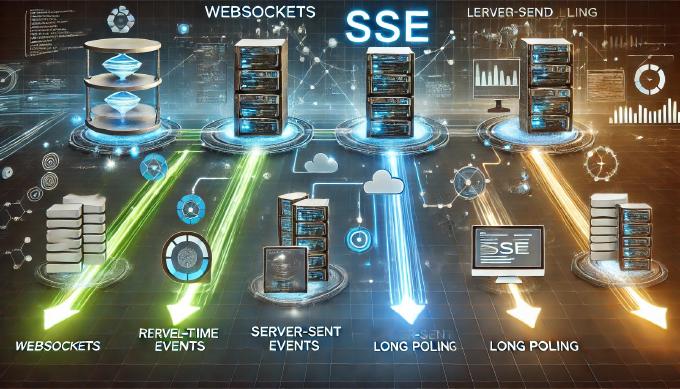Bringing realtime to your web applications

Few years ago only lazy didn’t say about bringing desktop application experience to the web ones. However in reality, it just meant that user actions didn’t always required page reload, but could change page UI dynamically. As for other application events, as a rule they were not handled dynamically. Well, now you can find more and more web applications acting really like desktop ones. For example, Facebook and G+ have widgets which update automatically.



